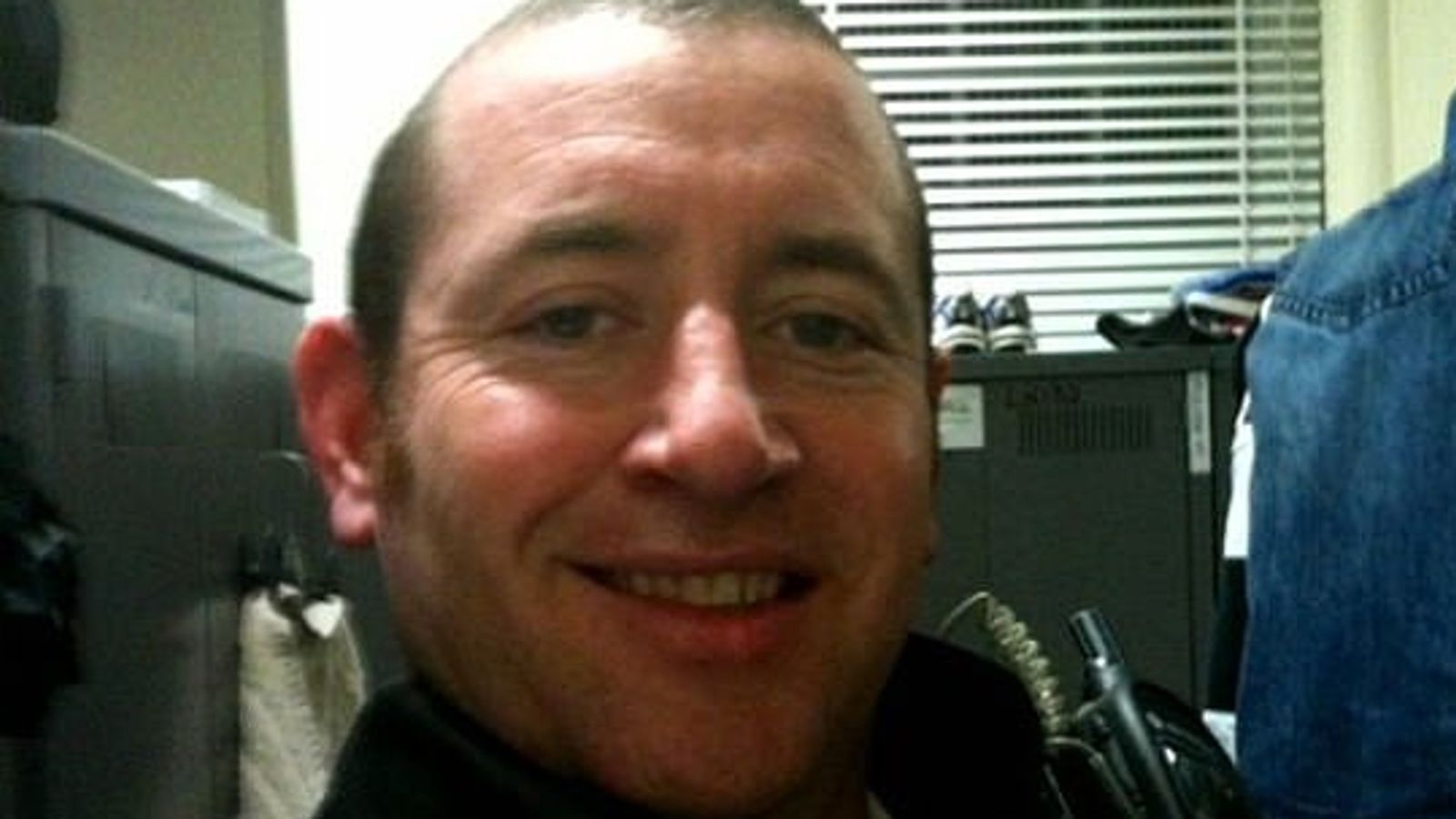LONDON — Winter isn’t even upon us yet and Europe is already experiencing a gas market crisis with bumper demand and limited supply, prompting a squeeze on prices in the region.
So when Russian President Vladimir Putin stepped in on Wednesday, offering to increase Russia’s gas supplies to Europe, regional gas prices (up a staggering 500% so far this year) fell and markets breathed a sigh of relief.
Market analysts quickly suspected that the offer to increase supplies to Europe was likely intended to put pressure on Germany to certify the Nord Stream 2 gas pipeline (which will take Russian gas supplies to Germany via the Baltic Sea) for use, as Russia is waiting on Germany’s energy regulator to authorize the $11 billion pipeline, a process that could take several months.
Experts warned that Russia’s offer demonstrated that Europe is increasingly vulnerable to Moscow’s ability to turn on — and off, more importantly — gas supplies as and when it wants.
While Russia’s apparent largesse might have offered gas markets some respite, analysts have since noted that Russia might not even be able to deliver on promises to supply more.
“Comments from Mr. Putin appear to have provided some comfort to the market. However, whether these additional gas supplies depend on a quick approval of Nord Stream 2 or not may not be the main issue,” Adeline Van Houtte, Europe analyst at the Economist Intelligence Unit, said in a note Thursday.
“Currently, the Russian domestic gas market remains tight, with its inventories running low, output already near its peak and winter looming in Russia as well, limiting gas export capacity,” she said.
“There is also little sign that Gazprom — the Russian gas export pipeline monopoly, which supplies 35% of European gas needs — is attempting to pump more gas to Europe’s spot buyers via existing routes, and overall given its small room for manoeuver, it is unlikely that Gazprom could deliver more than around 190bcm (billion cubic meters) to Europe this year,” she said, warning it meant “European prices are unlikely to cool substantially in 2021.”
Mike Fulwood, senior research fellow at the Oxford Institute for Energy Studies, expressed doubts that Russia is able to supply more gas to Europe too, noting that production is already at record levels.
“Russia’s been faced with the same demand pressures” as elsewhere, he noted.
“It was [a] very cold winter in Russia last winter, and Russian production is actually at record levels,” he told CNBC’s “Squawk Box Europe.” “It’s well up on last year of course when demand was down, but it’s also up on 2019 levels, and they’ve been having to refill their own storage as well, which was depleted badly because of the cold weather.”
“So it’s extremely doubtful whether they could supply more gas, whatever the route,” he added.
Russia’s reliability as an energy supplier to Europe has been high on the agenda for policymakers, both in the region and the United States, for several years now.
The last couple of U.S. presidential administrations have been vocal in their disapproval of the construction of the Nord Stream 2 project, warning that it will reduce Europe’s energy security and increase its dependence on Russia. For its part, the U.S. would like to increase its own exports of liquefied natural gas to Europe.
‘They have the capacity’
The International Energy Agency’s Executive Director Fatih Birol seemed convinced that Russia could raise gas supplies to Europe, telling the Financial Times on Thursday that the IEA’s analysis suggested Russia could raise exports by roughly 15% of peak winter supply to the continent.
Calling on Russia to prove itself to be a “reliable supplier,” Birol said the gas exporter could live up to its word if it wants to.
“If Russia does what it indicated yesterday [Wednesday] and increases the volumes to Europe, this would have a calming effect on the market,” he said. “I don’t say they will do it, but if they wish so, they have the capacity to do it.”




